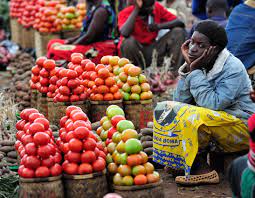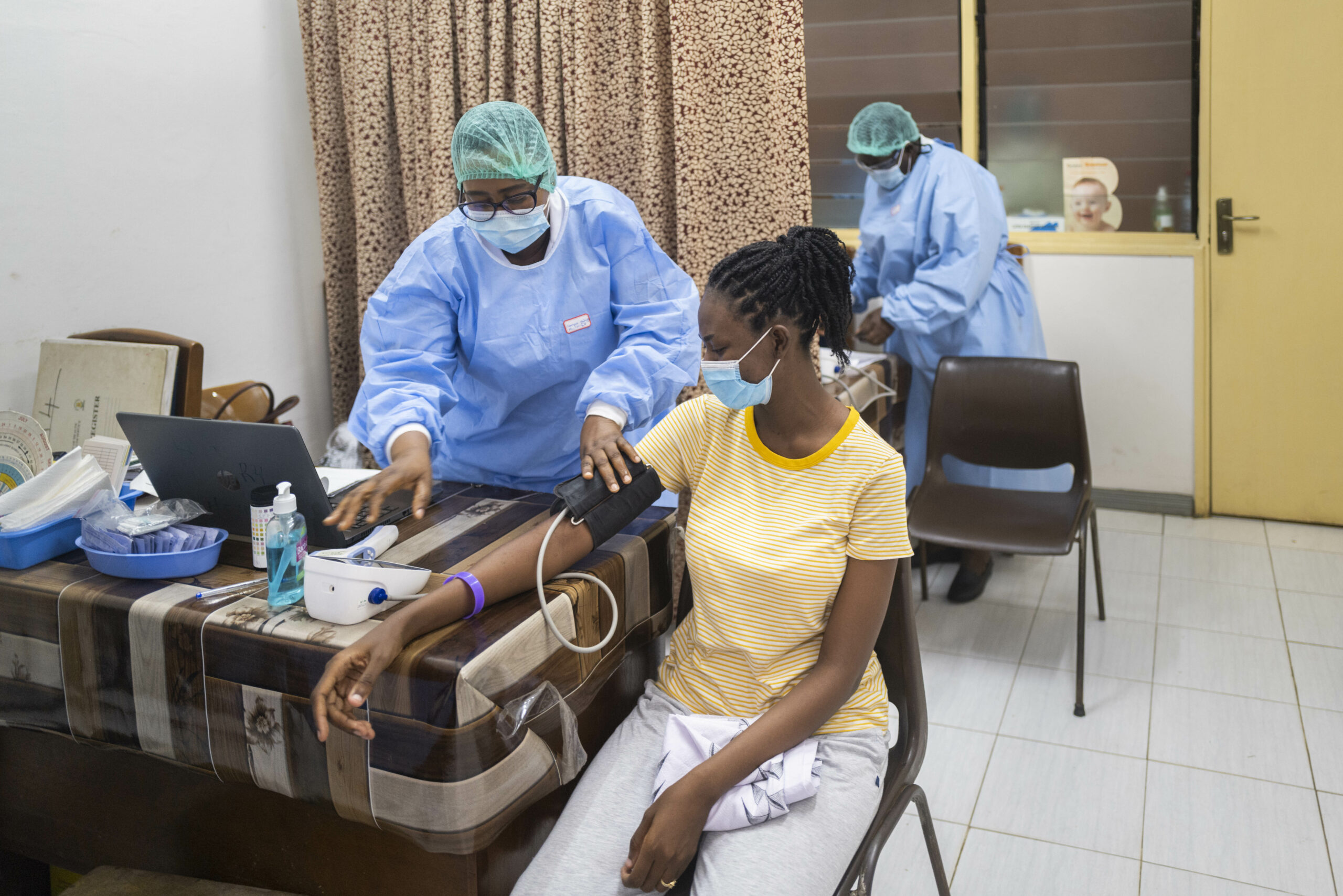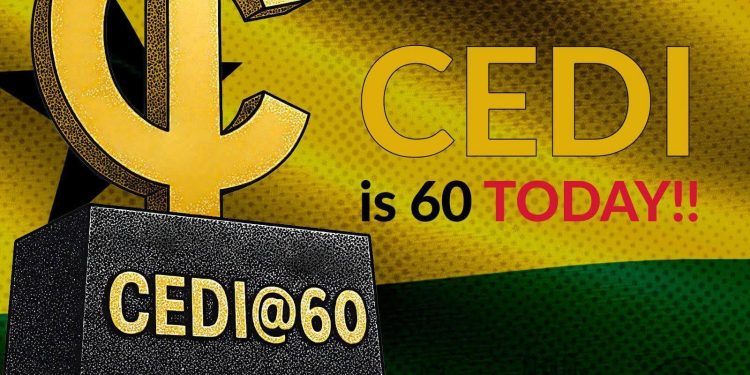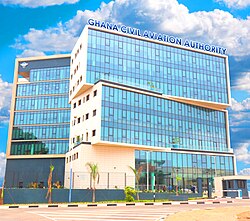In today’s Ghana, the true state of the economy is felt not in policy statements or GDP growth figures but in kitchen markets, school offices, and even plastic sachets of drinking water. While official inflation may rise or fall on paper, ordinary Ghanaians feel every percentage point in the price of tomatoes, transport fares, and school contributions.
As part of our Cost of Living Series, we look at how much it really costs to live in Ghana in 2025 through the eyes of everyday families. We compare life in Accra versus Tamale, explore why the price of sachet water keeps climbing, and investigate why parents are still paying to send their children to “free” SHS.
1. Feeding a Family of Five: Accra vs Tamale
A typical Ghanaian family consists of five people—two adults and three children. For many, feeding the household daily has become a delicate balancing act. In cities like Accra, where food prices have surged sharply over the past two years, families are often forced to make hard choices.
Accra: High Prices, High Pressure
In Makola Market, a mother of three, Akosua Mensah, breaks down her weekly food costs:
• Rice (5kg): GH₵80
• Tomatoes (small bucket): GH₵60
• Cooking oil (1L): GH₵45
• Onions (medium bag): GH₵35
• Fish and meat (mixed portions): GH₵120
• Yam (3 tubers): GH₵45
• Fresh vegetables and spices: GH₵30
Weekly food bill: GH₵415 (approx. GH₵1,660/month)
Akosua works as a shopkeeper and her husband, a driver. Together they earn around GH₵2,500 monthly—meaning over 65% of their income goes into food alone.
Tamale: Slight Relief, But Not Immune
In Tamale, food is generally more affordable due to proximity to agricultural zones. A similar family spends:
• Rice (5kg): GH₵70
• Tomatoes (small bucket): GH₵40
• Cooking oil (1L): GH₵40
• Onions (medium bag): GH₵20
• Fish and meat (local): GH₵80
• Yam (3 tubers): GH₵30
• Vegetables/spices: GH₵20
Weekly food bill: GH₵300 (approx. GH₵1,200/month)
Still significant, but roughly 28% cheaper than Accra. Yet many Tamale families earn far less, often relying on informal trading or subsistence farming.
2. The Sachet Water Dilemma: Why ‘Pure Water’ Is No Longer Cheap
Once hailed as the most democratic and affordable way to access clean drinking water, the humble sachet water (“pure water”) has seen price increases that confuse and frustrate consumers.
In 2021, one sachet cost GH₵0.20. Today in Accra, it sells between GH₵0.50 and GH₵1.00—a 150–400% increase in just four years.
What’s Behind the Price Surge?
• Plastic packaging imports: Most sachets use imported plastic. With the cedi depreciating, the cost of these materials has soared.
• Fuel and electricity costs: Water packaging companies rely on power for filtration and packaging. Unstable power supply and increasing utility bills have pushed operational costs upward.
• Transport: Distributing sachet water across regions is now more expensive due to fuel hikes.
• Industry regulation: The National Association of Sachet and Packaged Water Producers (NASPAWAP) occasionally reviews prices to reflect input costs something previously rare.
For low-income earners, this is a hard blow. A construction worker who buys five sachets a day now spends up to GH₵5 daily on water alone, more than he used to spend on breakfast and water combined.
3. Free SHS Isn’t Really Free: The Hidden Costs of Public Education
When Ghana’s government rolled out the Free Senior High School (SHS) policy in 2017, it was hailed as a game-changer. But eight years later, parents across the country are grappling with levies, hidden costs, and indirect fees.
What Are Parents Paying For?
• PTA Contributions (though officially banned): GH₵100–GH₵300 per term
• Feeding support: Due to erratic food supply at some boarding schools, parents must supplement with provisions—averaging GH₵400 per term
• Uniforms, books, exam fees: Not fully covered
• Transport to and from school: Up to GH₵100 per trip, especially in rural areas
Kwame, a farmer in the Eastern Region, has two daughters in SHS. “I’m paying almost GH₵1,200 per term not including clothes or emergencies. So what exactly is ‘free’ about it?” he asks.
Many parents echo this sentiment, citing inconsistent funding to schools and poor communication as part of the problem.
The Bigger Picture: Ghana’s Working Poor Are Stretched Thin
In the face of rising costs across food, water, education, rent, fuel, and healthcare, the average Ghanaian’s salary has barely moved. Informal workers (an estimated 85% of the labour force) are hardest hit, with no minimum wage guarantees or insurance buffers.
Middle-class families are downsizing or relocating, while poorer families are skipping meals or pulling children from school altogether. From street hawkers to salaried professionals, nearly everyone is tightening their belt, but many fear there’s nothing left to tighten.
Conclusion: The Urgency of Honest Economic Storytelling
While economic indicators may hint at recovery or growth, real change must reflect in people’s lives especially their ability to afford basic needs. Ghana’s cost of living crisis is no longer just a topic for economists; it’s a lived experience for millions.
This series aims to make the invisible visible to spotlight the everyday struggles of families, and the quiet resilience with which they confront a system that often leaves them behind.











